Even though water covers over three-quarters of our planet, only a small fraction is suitable for drinking or domestic use. Freshwater scarcity is a growing global concern, and traditional water sources are often insufficient. One of the most effective ways to address this issue is through Rainwater Harvesting.
Collecting rainwater using simple and modern methods can create a sustainable supply of water for homes, industries, and farmland. This blog explores traditional and modern Rainwater Harvesting Systems, including the V-Wire technology, rainwater filter systems, and home water filtration systems, while highlighting key benefits, pitfalls, and best practices.
1. Traditional Rainwater Harvesting Techniques

Traditional rainwater harvesting has been used worldwide for centuries. While effective, some methods have limitations that modern systems have overcome.
Surface Percolation Tanks
-
Water is collected from rooftops or other catchments into tanks above or below ground.
-
Advantages: simple, immediate use, and easy to maintain.
-
Limitations: tanks can become contaminated if not cleaned regularly, and leftover water can become a breeding ground for mosquitoes during dry periods.
Percolation Pits and Wells
-
Small pits or wells filled with sand and pebbles are used to recharge groundwater.
-
Depth and design vary depending on soil type.
-
Drawbacks: limited capacity and poor filtration can reduce the effectiveness of groundwater recharge.
Recharge Trenches
-
Trenches 1–2 m wide and 2–3 m deep help recharge sandy and porous soil efficiently.
-
Limitations: conventional trenches can clog easily, leading to low infiltration and poor water quality.
Pitfalls of Traditional Techniques:
-
Limited recharge capacity
-
Poor water quality
-
Ineffective infiltration in some soils
Despite these challenges, traditional methods laid the foundation for modern Rainwater Collection Systems.
2. Modern Rainwater Harvesting: V-Wire Technology
Modern techniques like V-Wire technology provide superior efficiency and sustainability.
How V-Wire Technology Works
-
Uses subterranean V-shaped wire screens to collect and filter rainwater.
-
The design increases surface area and improves infiltration into groundwater aquifers.
-
Filters pollutants, ensuring high-quality water recharge.
Advantages of V-Wire Technology
-
Efficient Groundwater Recharge: High infiltration rates replenish aquifers faster.
-
Improved Water Quality: Removes sediments and contaminants using rainwater filter.
-
High Recharge Capacity: Handles larger volumes than conventional methods.
-
Low Maintenance: Less prone to clogging and easy to manage.
-
Energy-Efficient: Works using gravitational force, requiring minimal energy.
This technology is suitable for residential, commercial, and industrial Rainwater Harvesting Systems.
3. Artificial Groundwater Recharge

Artificial recharge systems use engineered structures to rapidly replenish groundwater:
-
Components: silt trap units, recharge wells (5–6 m), FL V-Wire filter units, and multilayer filtration media.
-
Process: Rainwater passes through a silt trap → FL V-Wire filter → storage well → permeable strata → aquifer.
-
Benefits:
-
Effective groundwater replenishment
-
Safe and clean water through filtration
-
Sustainable solution for drought-prone areas
-
This method complements rainwater collection systems and ensures continuous water availability.
4. Integrating Home Water Filtration Systems
Using home water filtration systems alongside rainwater harvesting ensures:
-
Safe, chemical-free water for domestic use
-
Efficient water reuse for irrigation, washing, and non-potable purposes
-
Minimizes dependency on municipal water sources
For households, installing rainwater harvesting filters can optimize water collection, improve quality, and reduce wastage.
5. Benefits of Modern Rainwater Harvesting Systems
-
Water Conservation: Reduces dependency on groundwater and municipal water supply.
-
Cost Savings: Lower water bills and reduced energy costs for pumping water.
-
Environmental Impact: Reduces soil erosion, flooding, and water contamination.
-
Sustainability: Supports long-term water availability for homes, farms, and industries.
6. Choosing the Right System
When selecting a Rainwater Harvesting System:
-
Assess your roof or catchment area size.
-
Decide between traditional storage tanks, percolation pits, or modern V-Wire systems.
-
Use rainwater filters or filter systems to maintain water quality.
-
Ensure proper maintenance for long-term performance.
For homeowners, industrial sites, and farms, integrating rainwater filters and home water filtration systems ensures safe and efficient water management.
Conclusion
Rainwater harvesting is no longer optional—it is a critical solution for global water sustainability. By adopting modern techniques like V-Wire technology, rainwater collection systems, and rainwater filter systems, you can:
-
Conserve water
-
Recharge groundwater
-
Reduce reliance on municipal water
-
Improve water quality for home and industrial use
Implementing these strategies ensures a sustainable, resilient, and water-secure future for everyone.


